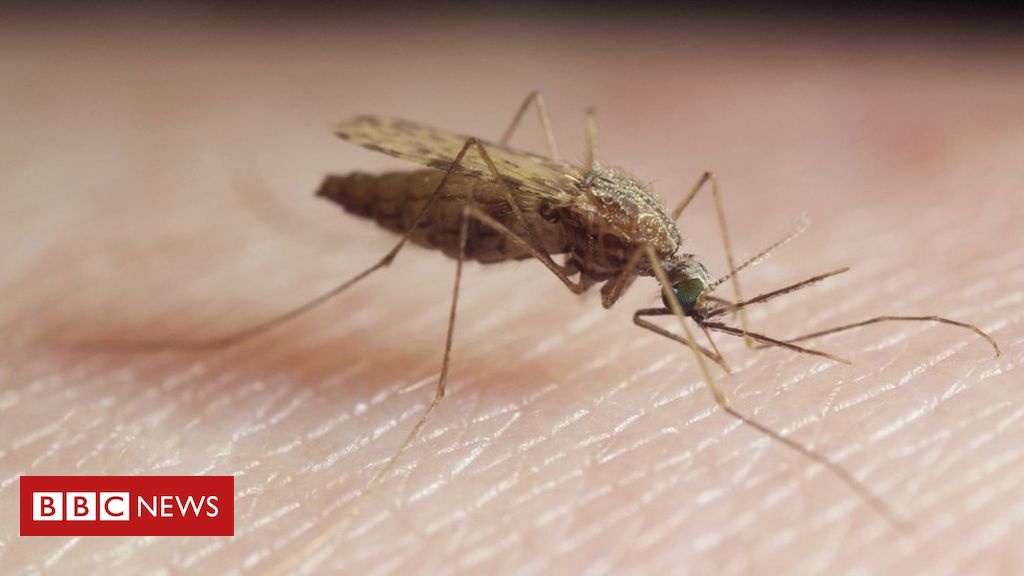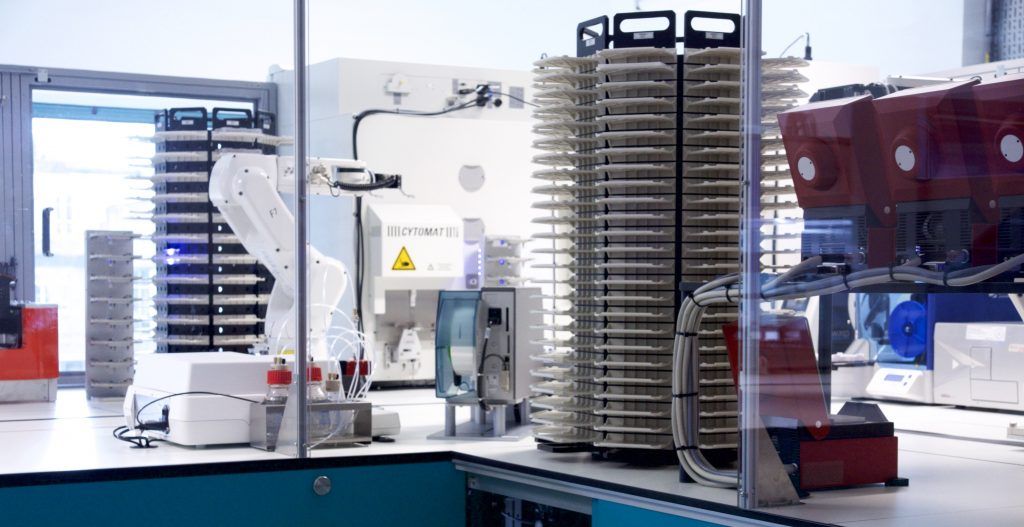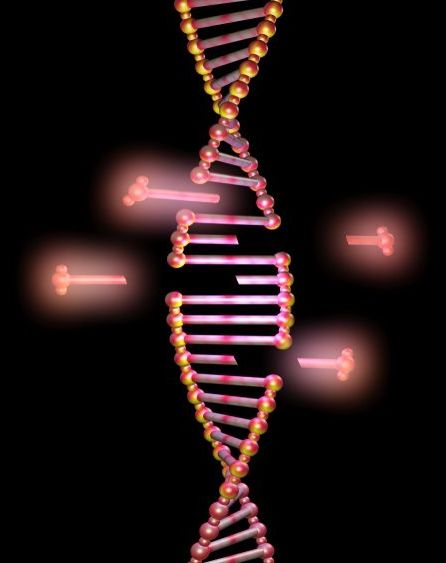Biohacking for cures: what you need to know.
Category: bioengineering – Page 184
3D bioPen: A hydrogel injection to regenerate cartilage
Highly specialized cartilage is characteristically avascular and non-neural in composition with low cell numbers in an aliphatic environment. Despite its apparent simplicity, bioengineering regenerative hyaline cartilage in a form effective for implantation remains challenging in musculoskeletal tissue engineering. Existing surgical techniques including autologous chondrocyte implantation (ACI) and matrix-induced autologous chondrocyte implantation (MACI) are considered superior to self-repair induction techniques. However, both MACI and ACI are complex, multistage procedures that require a double operation; first for surgical excision of native cartilage, followed by expansion of adult chondrocytes in vitro prior to implantation by a second operation.
Regenerating robust articular hyaline-like cartilage is a key priority in musculoskeletal tissue engineering to prevent cost-intensive degenerative osteoarthritis that limits the quality of life in global healthcare. Integrating mesenchymal stem cells and 3D printing technologies has shown significant promise in bone tissue engineering– although the key challenge remains in transferring the bench-based technology to the operating room for real-time applications. To tackle this, a team of Australian orthopedic surgeons and bioengineers collaboratively proposed an in situ additive manufacturing technique for effective cartilage regeneration. The handheld engineered extrusion device known as the BioPen offers an advanced, co-axial extrusion strategy to deposit cells embedded in a hydrogel material within a surgical setting.


Gene editing wipes out mosquitoes in lab
Researchers have used gene editing to completely eliminate populations of mosquitoes in the lab.
The team tested their technique on the mosquito Anopheles gambiae, which transmits malaria.
They altered part of a gene called doublesex, which determines whether an individual mosquito develops as a male or as a female.

If We Made Life in a Lab, Would We Understand It Differently?
Only time will tell what new forms life will take.
Joyce seeks to understand life by trying to generate simple living systems in the lab. In doing so, he and other synthetic biologists bring new kinds of life into being. Every attempt to synthesize novel life forms points to the fact that there are still more, perhaps infinite, possibilities for how life could be. Synthetic biologists could change the way life evolves, or its capacity to evolve at all. Their work raises new questions about a definition of life based on evolution. How to categorize life that is redesigned, the product of a break in the chain of evolutionary descent?
An origin story for synthetic biology goes like this: in 1997, Drew Endy, one of the founders of synthetic biology and now a professor of bioengineering at Stanford University in California, was trying to create a computational model of the simplest life form he could find: the bacteriophage T7, a virus that infects E coli bacteria. A crystalline head atop spindly legs, it looks like a landing capsule touching down on the Moon as it grabs onto its bacterial host. The bacteriophage is so simple that by some definitions it is not even alive. (Like all viruses, it depends on the molecular machinery of its host cell to replicate.) Bacteriophage T7 has only 56 genes, and Endy thought it might be possible to create a model that accounted for every part of the phage and how those parts worked together: a perfect representation that would predict how the phage would change if any one of its genes were moved or deleted.
Endy built a series of bacteriophage T7 mutants, systematically knocking out genes or scrambling their location in the tiny T7 genome. But the mutant phages conformed to the model only some of the time. A change that should have caused them to weaken would instead have their progeny bursting open E coli cells twice as fast as before. It wasn’t working. Eventually, Endy had a realization: “If we want to model the natural world, we have to rewrite [the natural world] to be modellable.” Instead of trying to make a better map, change the territory. Thus was born the field of synthetic biology. Borrowing techniques from software engineering, Endy began to “refactor” bacteriophage T7’s genome. He made bacteriophage T7.1, a life form designed for ease of interpretation to the human mind.




Towards data-driven biotechnology
Data centers are the new oil refineries, argues The Economist. Where black sludge and steam once marked the beating heart of the economy, now blinking servers laced with fiber optic cables indicate where the action is.
Biotechnology — like all other industries — must adapt. Synthetic biology teams that embrace modern tools like cloud computing, professionally built software, and laboratory automation will save time, reduce errors, streamline complex workflows, and maintain their agility in the digital economy. Those who fail to adopt new tools will be primed for disruption.
Software is already an integral part of biological research, but most scientific apps lag far behind the rest of the digital frontier. As the software giant Autodesk puts it:

Administering Gene Therapy Without Triggering Immune Response
A new potential method to administer gene therapy without triggering an immune response.
Scientists at Stanford University School of Medicine managed to administer effective gene therapy in mice without triggering an autoimmune reaction. The research, led by Dr. Peggy Ho, Ph.D., was published in the Proceedings of the National Academy of Sciences [1].
Study abstract
In gene therapy for Duchenne muscular dystrophy there are two potential immunological obstacles. An individual with Duchenne muscular dystrophy has a genetic mutation in dystrophin, and therefore the wild-type protein is “foreign,” and thus potentially immunogenic. The adeno-associated virus serotype-6 (AAV6) vector for delivery of dystrophin is a viral-derived vector with its own inherent immunogenicity. We have developed a technology where an engineered plasmid DNA is delivered to reduce autoimmunity. We have taken this approach into humans, tolerizing to myelin proteins in multiple sclerosis and to proinsulin in type 1 diabetes. Here, we extend this technology to a model of gene therapy to reduce the immunogenicity of the AAV vector and of the wild-type protein product that is missing in the genetic disease.